First of all, I've never documented a repair, and I think a lot of this project could have been executed better, but this is the way I did it. I'm just a hobbyist, I'm not an electronics engineer, so don't take my words as the truth. I put this into Hackaday ony for helping somebody with this scope.
Fixing the OS12 scope
A quick tour where I fix an old tube-based oscilloscope, the OS12 from Advance Electronics.
 El Juanan
El Juanan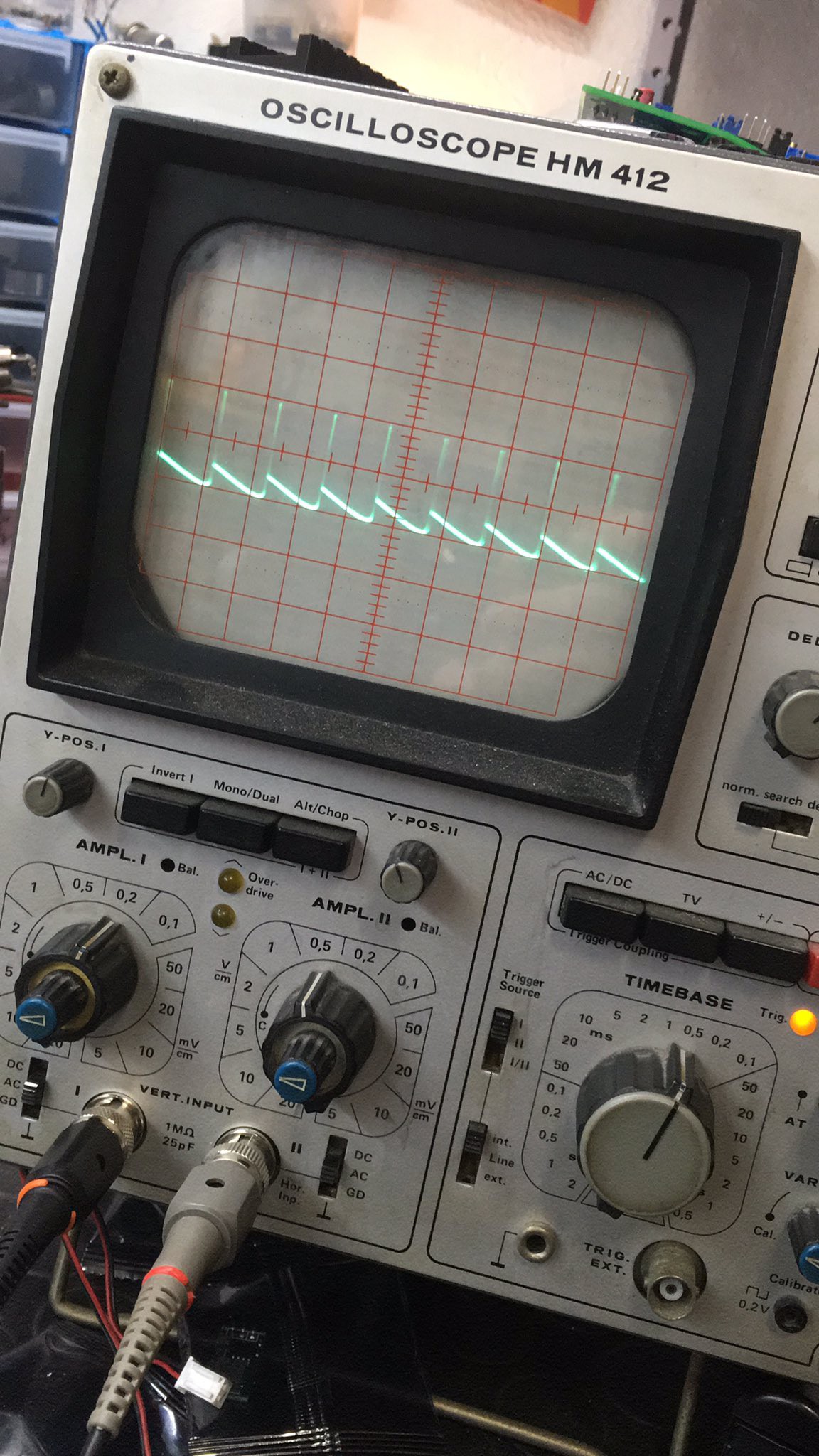
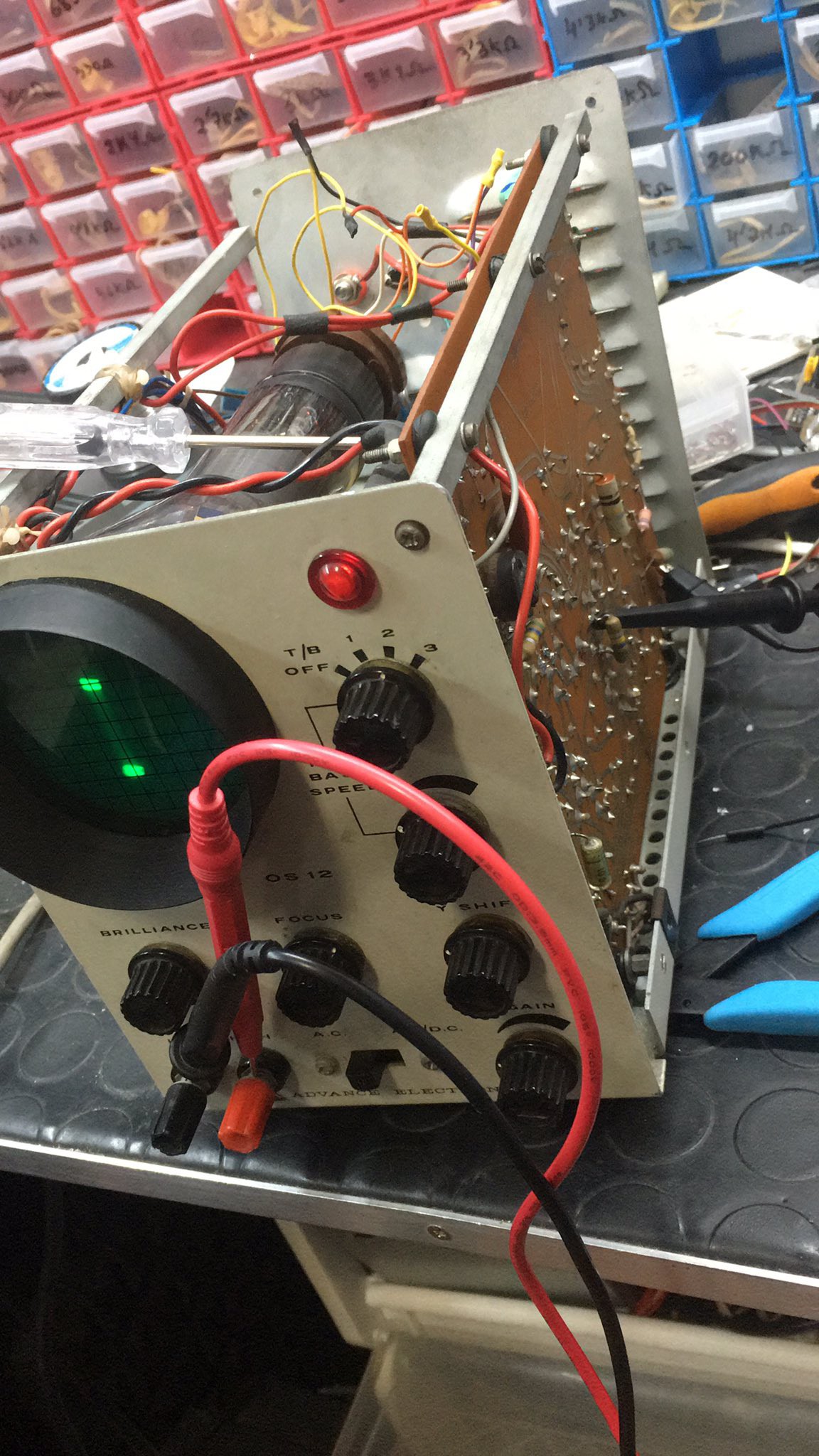
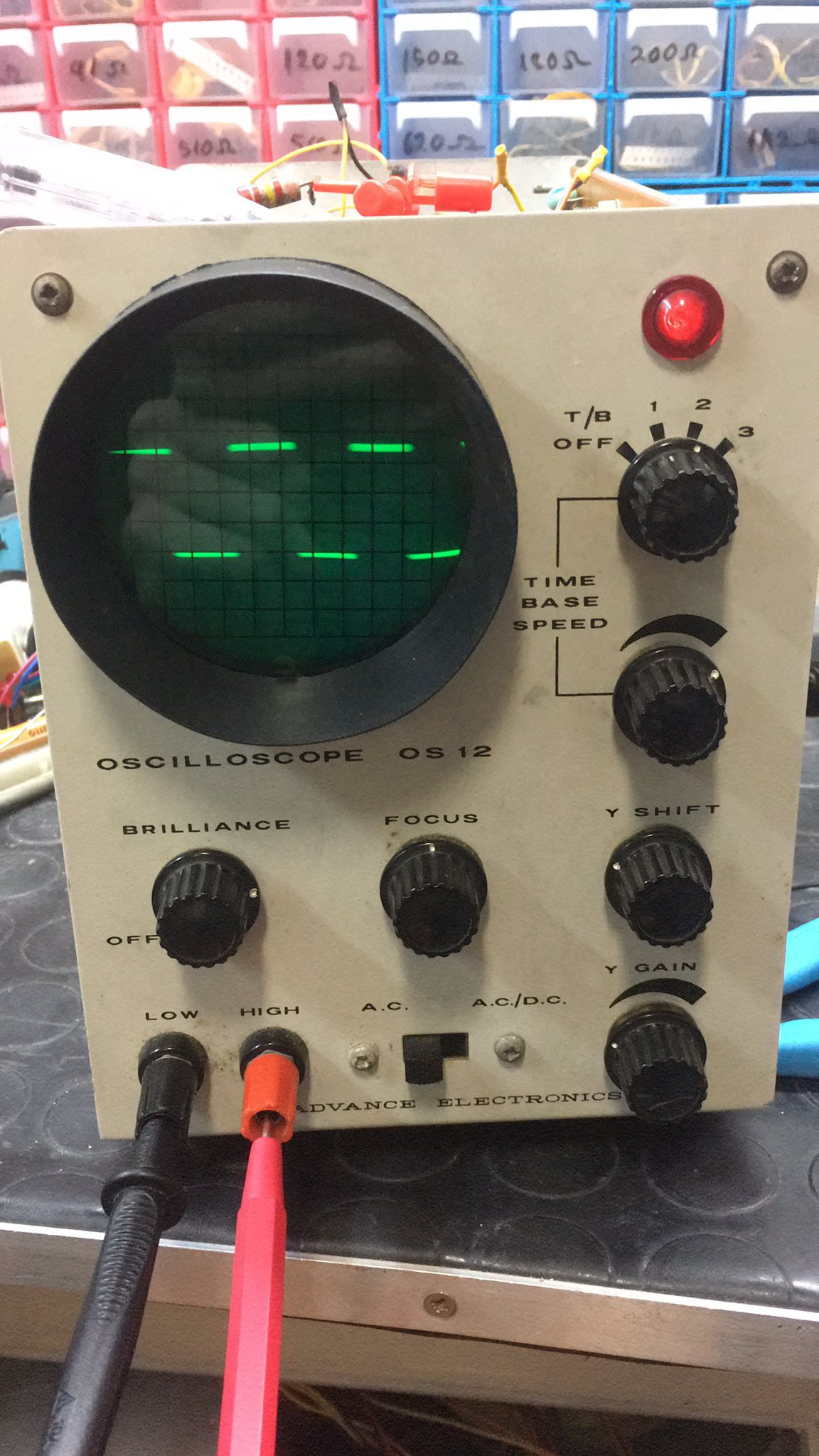

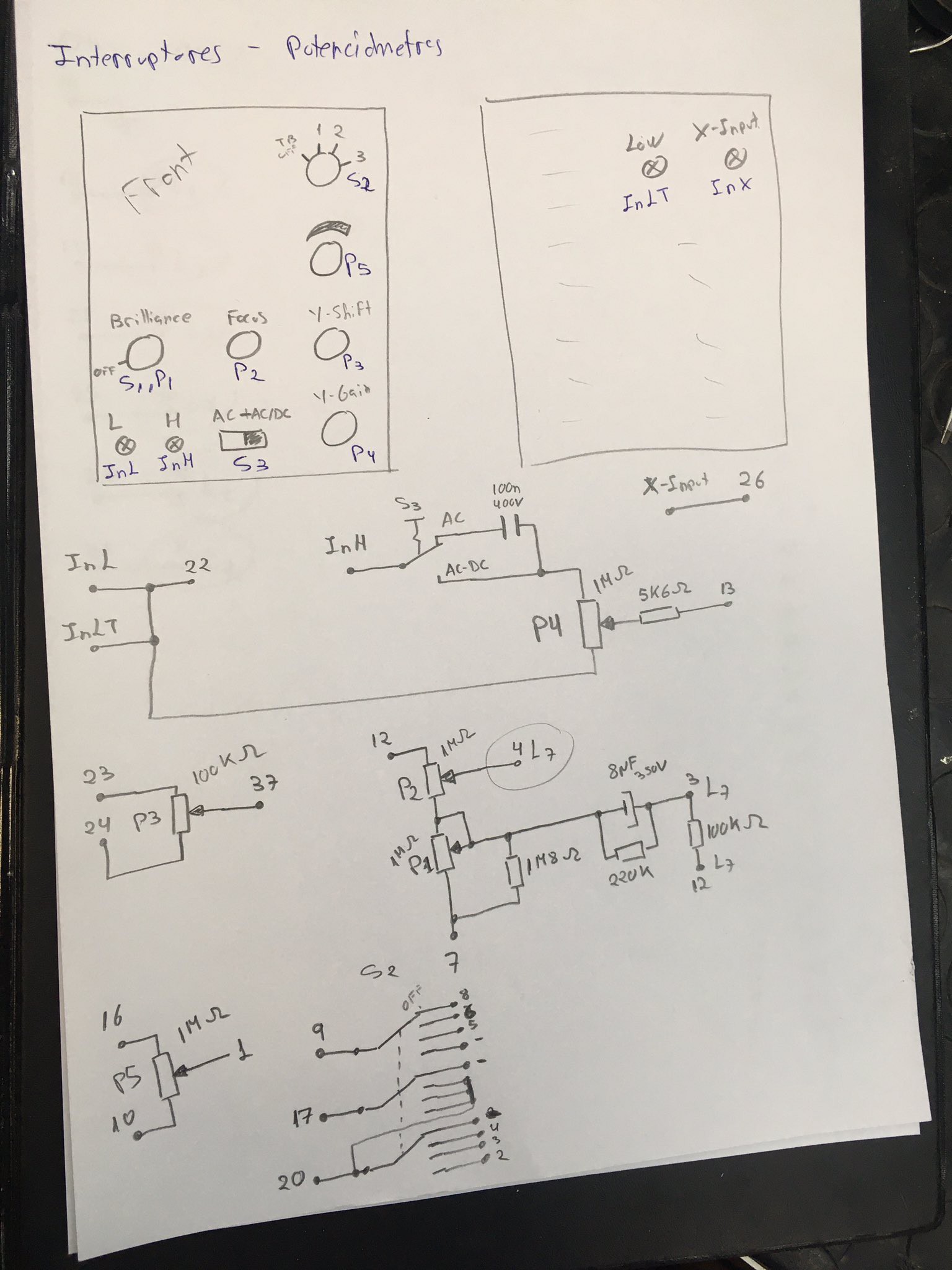



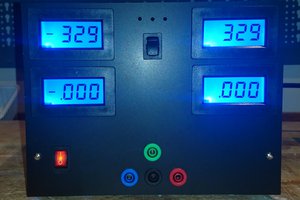
 SUF
SUF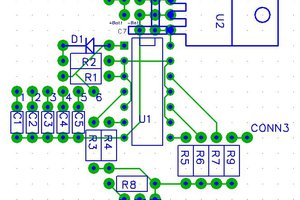
 Adam Gulyas
Adam Gulyas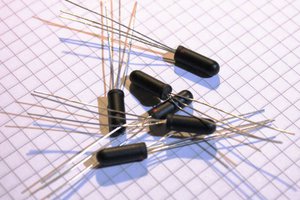
 Yann Guidon / YGDES
Yann Guidon / YGDES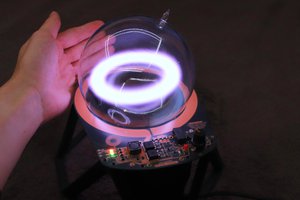
 sky-guided
sky-guided
I'd date it from the early or mid 60s, there is a (I presume) later model from 1967, the OS25 (https://www.radiomuseum.org/r/advance_in_oscilloscope_os25os_2.html)